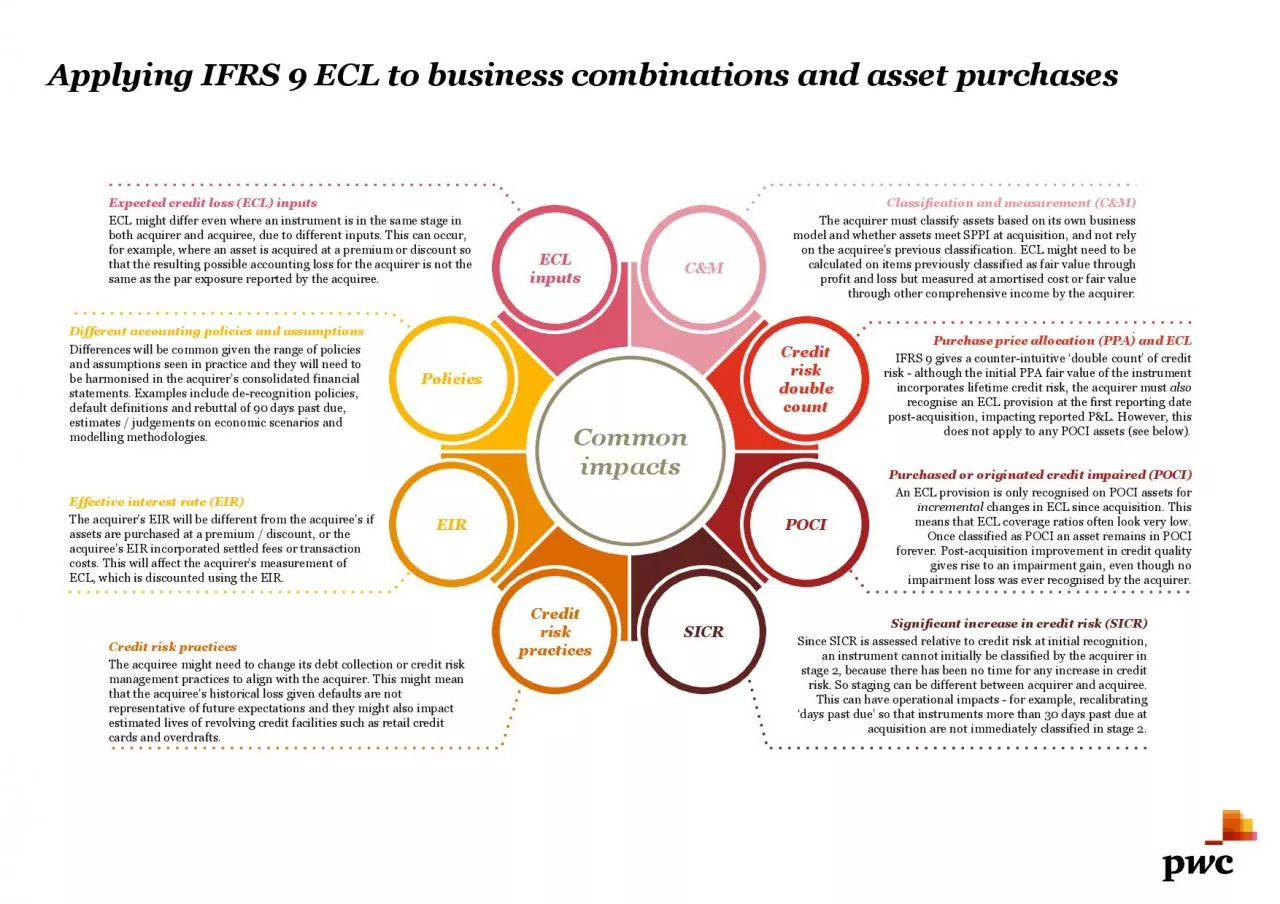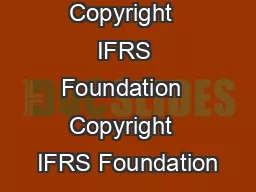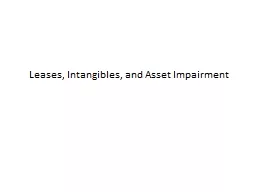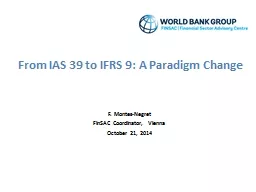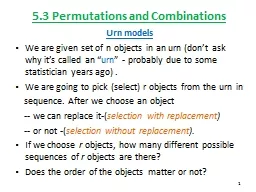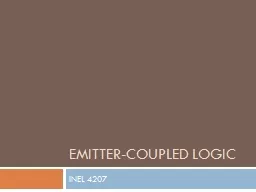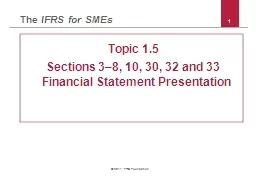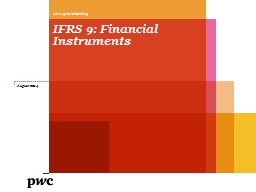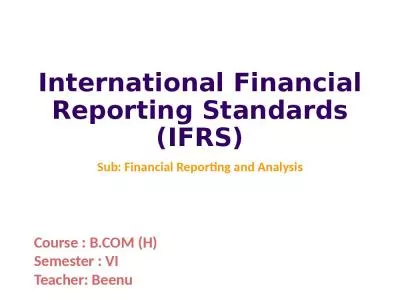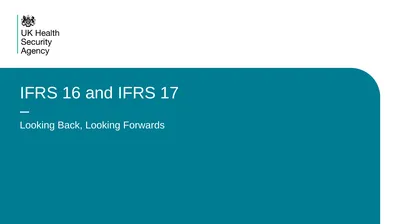PDF-Applying IFRS 9 ECL to business combinations and asset purchases
Author : jade | Published Date : 2021-09-01
PoliciesCredit risk double countEIRPOCICredit risk practicesSICRECL inputsCMCommon impactsClassification and measurement CMPurchase price allocation PPA and ECLIFRS
Presentation Embed Code
Download Presentation
Download Presentation The PPT/PDF document "Applying IFRS 9 ECL to business combinat..." is the property of its rightful owner. Permission is granted to download and print the materials on this website for personal, non-commercial use only, and to display it on your personal computer provided you do not modify the materials and that you retain all copyright notices contained in the materials. By downloading content from our website, you accept the terms of this agreement.
Applying IFRS 9 ECL to business combinations and asset purchases: Transcript
Download Rules Of Document
"Applying IFRS 9 ECL to business combinations and asset purchases"The content belongs to its owner. You may download and print it for personal use, without modification, and keep all copyright notices. By downloading, you agree to these terms.
Related Documents

